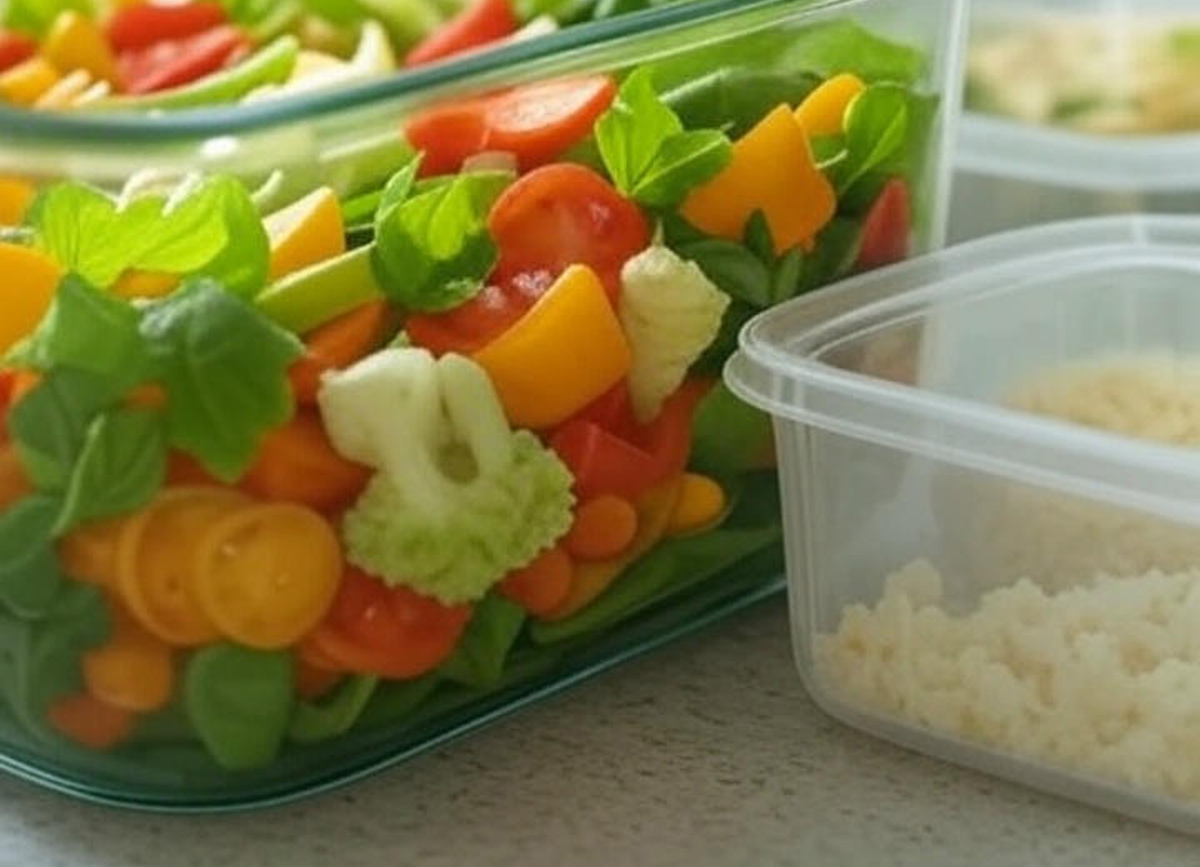Picture this: you’re grabbing a quick takeout meal, sipping from a plastic water bottle, or reheating last night’s dinner in a microwave-safe container. These everyday moments all involve something called food contact chemicals (FCCs). They’re in the packaging, cookware, and even the stickers on your apples. But what are they, and should we be worried? Let’s break it down in a way that makes sense for food industry folks and curious consumers alike.
What Are Food Contact Chemicals?
FCCs are substances found in anything that touches your food during its journey from farm to fork—think plastic packaging, non-stick pans, storage containers, or even the belts on food processing lines. They come in two flavors:
- Intentionally added substances, like plasticizers that make packaging flexible, antioxidants that keep materials durable, or colorants that make your takeout box pop.
- Non-intentionally added substances, like impurities, manufacturing byproducts, or stuff that forms as materials break down over time.
Thousands of chemicals—over 1,800 by some counts—can migrate from these materials into your food. Not all are harmful, but many haven’t been thoroughly tested, and we’re exposed to them in tiny amounts every day through what we eat.
Migration Matters
Ever wonder why your leftovers taste a bit “plastic-y” after microwaving? That’s chemical migration at work. Heat, storage time, and food type (especially fatty foods like cheese or meat) can pull chemicals out of packaging. Fatty foods are like magnets for these fat-soluble substances. The tricky part? We’re not just exposed to one chemical at a time—it’s a mix, like a chemical smoothie. Even if each ingredient is “safe” on its own, the combo can sometimes cause issues. Think of it like mixing wine with certain meds—not great, even in small doses.
Health Concerns
Some FCCs, like the well-known BPA (bisphenol A), can act like hormone imposters, messing with your body’s endocrine system. This can affect reproduction, metabolism, or even development in kids. Research links certain FCCs to risks like cancer or fertility issues, especially when exposure happens early in life, like during pregnancy or childhood. The good news? Not every chemical is a villain. The bad news? We don’t have enough safety data on many of them. Scientists are particularly concerned about low-dose effects from chemicals like BPA, where even tiny amounts can have outsized impacts over time.
Regulation
In the U.S., the FDA requires safety data for new food contact substances, while the EU often plays it safer, restricting chemicals based on potential risks even without ironclad proof of harm. Sounds good, right? Well, not quite. Regulations usually test chemicals one by one, but we’re exposed to mixtures. Plus, those non-intentionally added substances—like sneaky byproducts—are tough to track. In 2020, 33 scientists dropped a mic with a statement saying our regulatory systems aren’t cutting it for protecting public health. That’s a wake-up call.
What the Experts Are Saying
The Endocrine Society, a big player in hormone research, estimates over 1,000 chemicals in use today could be endocrine disruptors, and many are in food contact materials. Their take? As plastic production ramps up, so do health risks from these chemicals. They’re pushing for policies to cut exposure, especially for vulnerable folks like pregnant women and kids.
Some Tips
For Food Industry Pros
- Stay in the know: Keep up with research on FCCs. Blogs like this one and journals like Environmental Health Perspectives are goldmines.
- Explore alternatives: Look into safer materials like glass or stainless steel when feasible. It’s a selling point for health-conscious consumers.
- Be transparent: Share what’s in your packaging. Customers appreciate honesty, and it builds trust. Plus, getting ahead of future regulations is a savvy move.
For Consumers
- Skip the microwave with plastics: Transfer food to glass or ceramic before heating. Heat makes chemicals migrate faster.
- Watch fatty foods: They soak up more chemicals, so avoid storing oily or greasy stuff in plastic when you can.
- Choose wisely: Opt for glass, stainless steel, or ceramic for storage. Check plastic recycling codes—steer clear of 3 (PVC), 6 (polystyrene), and 7 (polycarbonate and others), as they’re more likely to contain risky additives.
- Don’t fall for “BPA-free” hype: Some replacements, like BPS, can have similar issues. Stick to non-plastic options when possible.
It’s best to pay attention to FCC especially if you’re pregnant, have young kids, or work in the food industry. The science points to real concerns, particularly around hormone-disrupting chemicals and the fact that we’re exposed to untested mixtures. That said, don’t let this overshadow the benefits of a healthy diet or the role packaging plays in keeping food safe and reducing waste. The trick is balance: take practical steps to cut exposure to the riskiest chemicals without stressing over every bite.
The real issue is that our regulations haven’t caught up with the science. We need better testing, more transparency about what’s in our packaging, and rules that account for chemical mixtures. Food industry pros who tackle this proactively—whether by choosing safer materials or advocating for change—will be ahead of the game.

